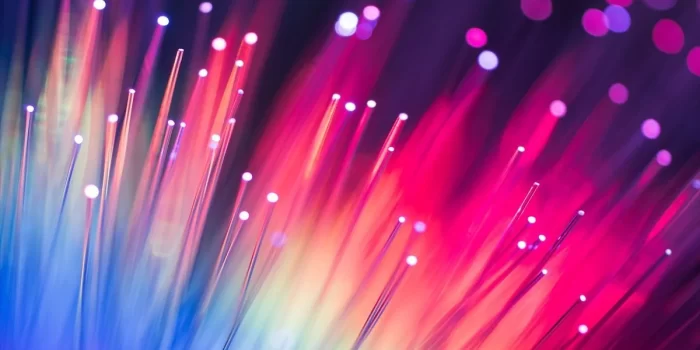With data transfer speeds over current fiber networks exceeding 301 terabits per second (Tbps), scientists have accomplished an astounding achievement. Researchers from UK Aston University have made a breakthrough that will result in internet speeds that are significantly faster than those of existing broadband technology.
To put this into perspective, the average fixed broadband speed in the US is 242.48 megabits per second (Mbps), which is over 1.2 million times slower than the accomplishment of the Aston University team. With this pace, you could theoretically receive 1,800 4K movies at your house in just one second.
Even though this ground-breaking speed isn’t necessary for people or small businesses for their everyday internet needs, Internet Service Providers (ISPs), operators of data centers, and people working with large amounts of data, like Large Language Models (LLMs), would greatly benefit from it. Optimizing data transfer speeds is critical for these companies, and the Aston University discovery provides a viable remedy.

The utilization of hitherto unexplored infrared spectrum bands—the E-band and S-band—is what distinguishes this accomplishment. Because of their high transmission error rates, these bands have historically been shunned as being inappropriate for dependable network connectivity. The Aston University researchers, however, overcome this difficulty by using optical amplifiers and gain equalizers, which allowed them to monitor and modify wavelengths in real-time in addition to amplifying signals.
With this novel approach, the capacity of current fiber networks can be greatly increased without requiring major infrastructure modifications. High-speed internet can be provided for less money by using the available spectrum more effectively, especially previously neglected bands like E-band. Because it extends the life and value of current fiber networks, this strategy is not only beneficial economically but also environmentally.
This development may soon result in widespread increases in internet speeds, providing consumers with more dependable and speedier connections without significantly raising their expenses. All things considered, this discovery is a major advancement in the development of internet infrastructure, offering faster, more effective, and more sustainable digital connectivity in the future.


